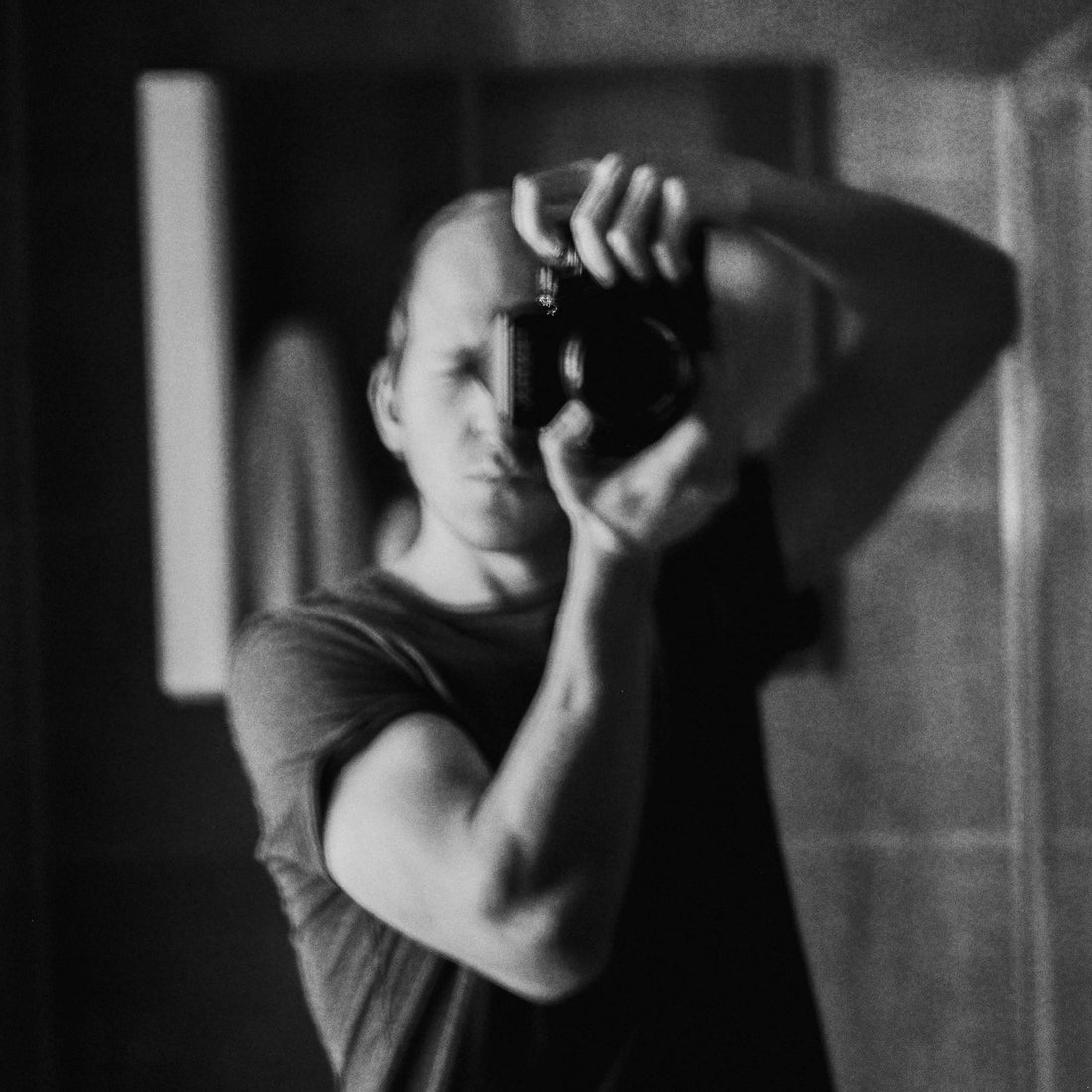JOE CLARKE
Read the Gallery Talk
Read the Gallery Talk
Your work has a strong cinematic and atmospheric quality. What role does storytelling play in how you compose your images?
Storytelling plays a large part in my image making, particularly my landscape work as I’m forever trying to convey the raw feeling of a scene, as opposed to just framing a nice composition. I use light, atmosphere and emotional cues, similar to how a Director would choreograph a scene, to invite the viewer to pause and inhabit the image, to embrace the emotions at play and reflect on the stories it has to tell. Despite often capturing a singular, fleeting moment, I like my images to act as though part of a wider narrative that’s left up to the viewer’s interpretation.
Much of your subject matter is solitary or seemingly abandoned. What draws you to these kinds of environments?
There’s an emotional gravity to solitary environments that I find quite powerful, and something I feel resonates with everyone to a certain extent. They invite quiet contemplation and allow one to create their own narrative, without the familiarity and distraction of a human presence. I like giving room for stories to breathe, without spelling them out with an intentional focus or subject, ultimately resulting in work that’s charged with mystery and unanswered questions. It’s an interesting tension between absence and presence and something I actively seek out when scouting locations.
How do you decide between color and black-and-white when developing a series?
It’s a fairly intuitive process but one that doesn’t seem to follow any rules as such. I really enjoy experimenting in the edit and will often switch an image between colour and black & white a number of times before settling on which I think suits the feel of the image best. Colour can heighten a mood and add character by itself so it’s important to not rely on it for the strength of the image, but rather use it when necessary to produce the desired result. Black & white on the other hand strips an image down to form, texture and the interplay of light and shadow, creating a certain timelessness that lends itself to certain subjects and landscapes. Ultimately, it’s a subjective decision guided by the atmosphere of the series - whether it would better suit the intimacy and permanence of monochrome or the emotional vibrancy of colour.
What’s your relationship to location? Do you search for locations in advance, or respond more spontaneously to what you encounter?
I’m a real advocate for exploring as you go and limiting the amount of planning in advance. My favourite photographic encounters have all presented themselves unexpectedly, in locations I’ve organically explored with minimal to no planning. It’s this lack of prior knowledge that seems to free up my senses, allowing me to observe unfolding scenes or moments that might have been missed if I were following an itinerary. This spontaneous approach lets me respond instinctively to changing light or landscapes with no set image in mind, often resulting in unique and unusual compositions, even at well known locations.
Do you shoot with film, digital, or both - and how does that choice shape the final image?
I shoot both, though predominantly digital of late. Film obviously has this inherently beautiful quality to it, with visually pleasing tones and grain, but for the work I’ve been making recently, which is largely grounded in spontaneity, it’s hard to beat the freedom and reactivity that digital allows. Of course the restraints and intentionality of film has its merits, which is why I often use it for still life or portraiture, as it slows you down and causes each decision to be more considered. I do, however, try not to focus too much on the medium I’m using, but rather hone in on how to best capture the emotion and drama of a subject.
What do you hope viewers feel or question when they see your work?
I hope they feel some sort of a pull - an emotional reaction that stays with them or at least keeps them hooked momentarily. I like when my work conjures up a distant memory from a forgotten time or a sense of nostalgia that’s hard to place. Whether a feeling of longing, freedom or sadness, I want the viewer to linger in the ambiguity, to identify a connection with the subject and to question the larger story at play.




